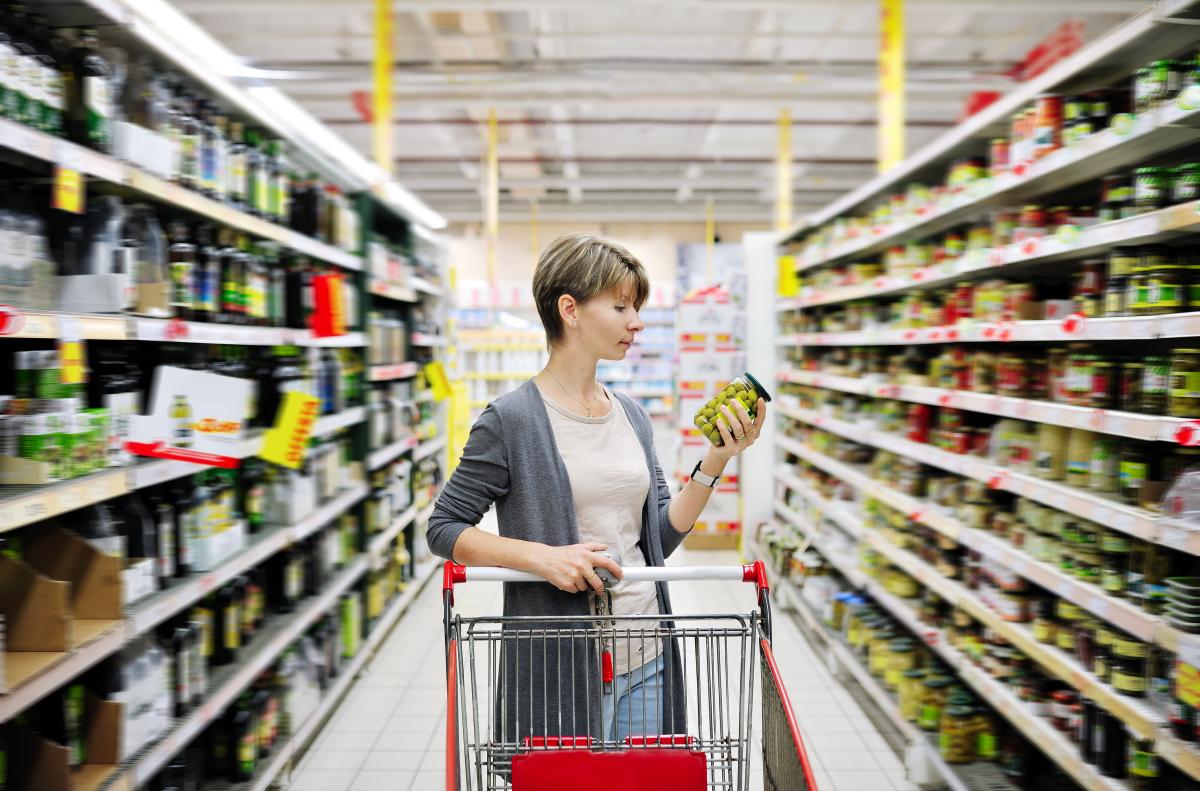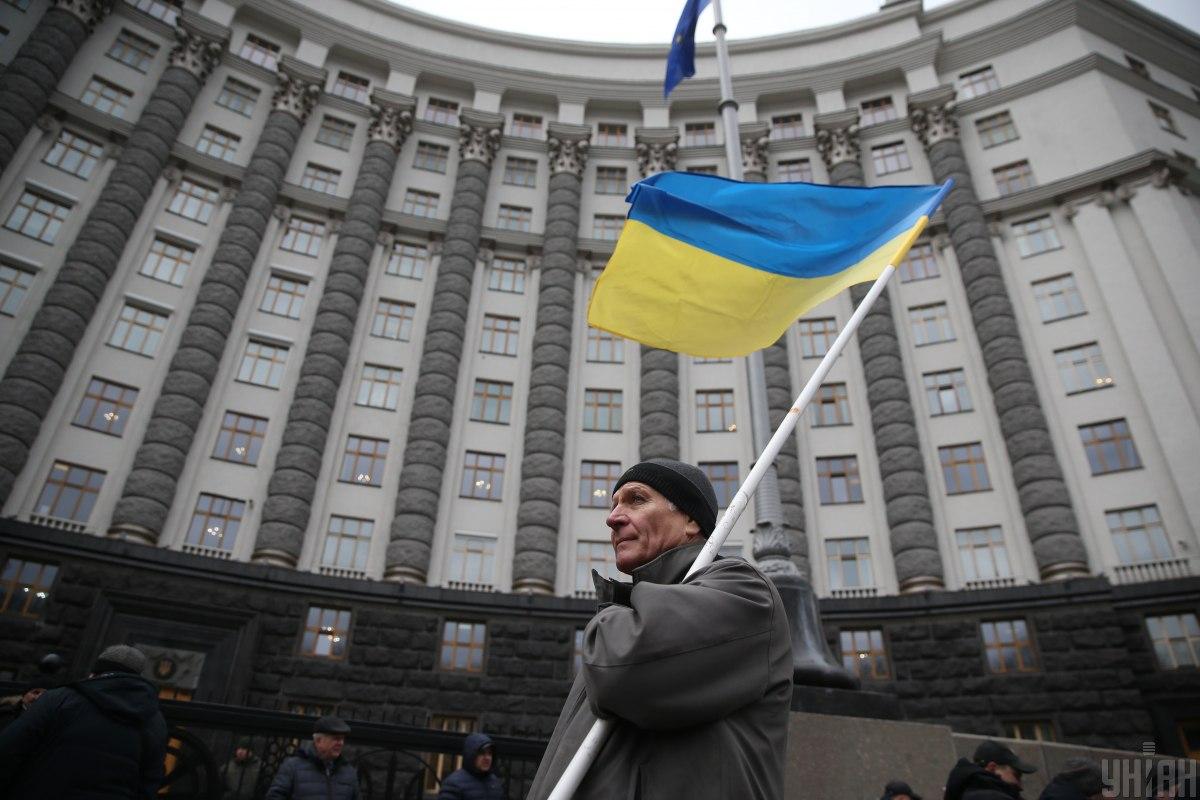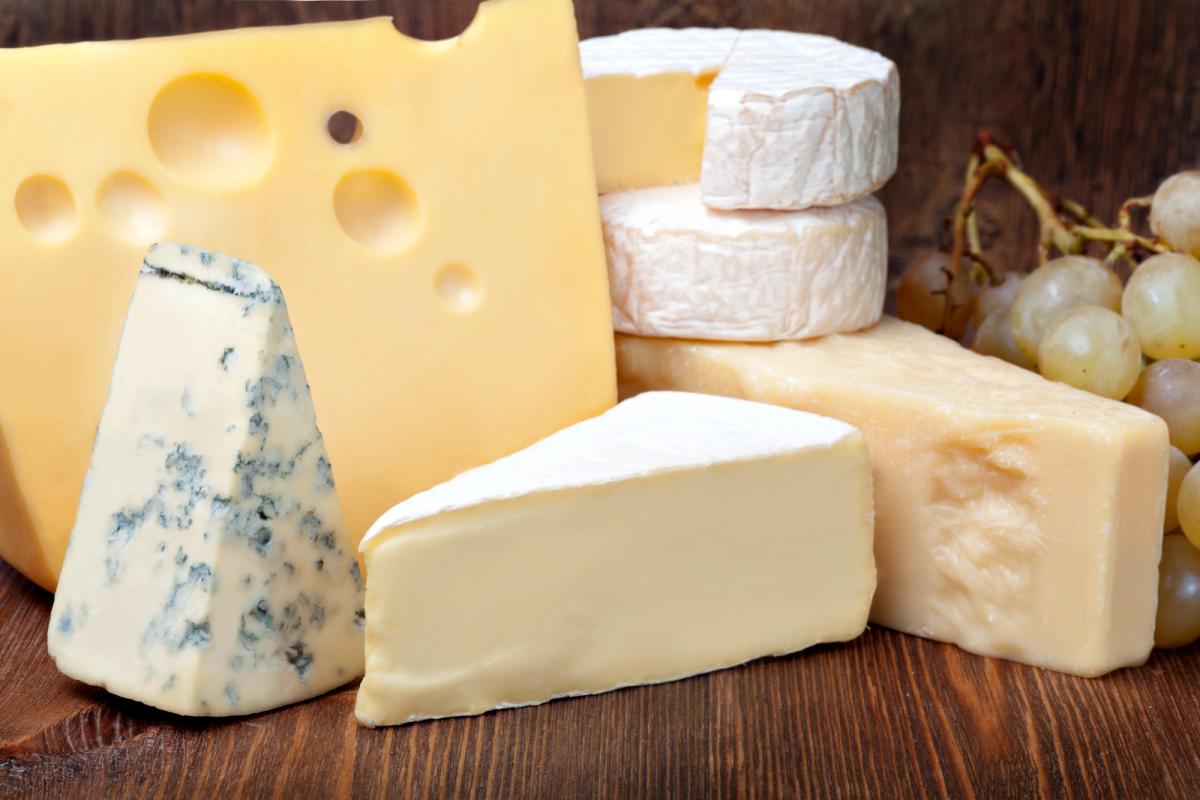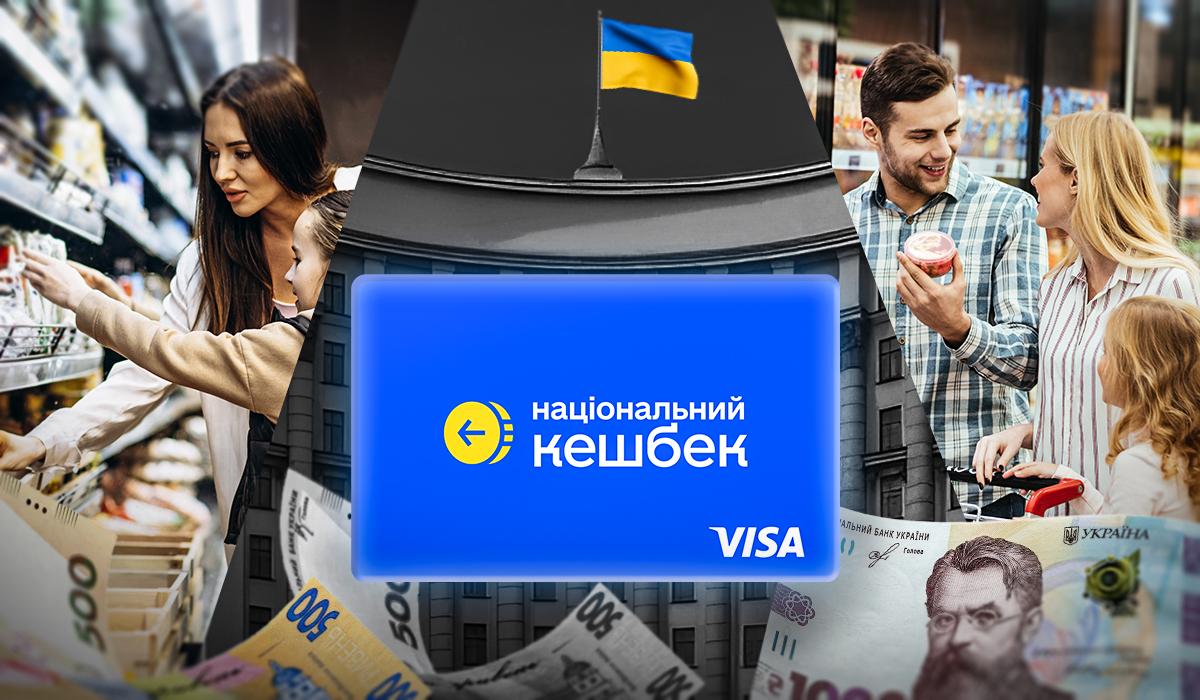“Despite the promise to support the Ukrainian manufacturer, “National Cashback” never became a tangible driver of the economy. UNIAN investigated its real effect of the program to find out whether Ukraine can afford the luxury of dragging it into 2026.”, — write: www.unian.ua
Among Ukrainian state programs, there is probably no more discussed than “National Cashback”. It started last fall under the slogan of supporting domestic manufacturers and the population, but it immediately ran into criticism from economists, individual deputies, and even citizens.
We would like to remind you that the national cashback program involves charging buyers of a number of domestic goods 10 percent of each purchase and paying money to a special card. The maximum amount of cashback can be up to 3 thousand hryvnias per month. From the beginning of the launch of the program, it was possible to spend money on paying for mobile communication, utility services, charitable contributions, etc.
However, in November, the government made some changes to the list of possible expenses, explaining this allegedly by the need to “synchronize” cashback with “Winter Support”, under which all willing Ukrainians can receive 1,000 hryvnias. Yes, now funds from the program cannot be spent on mobile phone payments, transport tickets, recreation and entertainment (theatre, cinema, museums), sports, as well as on the purchase of military bonds. The updated spending conditions will be valid until June 30, 2026.
Thus, from now on, funds accumulated on the “National Cashback” card can be directed to utility services; postal services; food products in stores and supermarkets; medicines and medical products; books and other printed products, as well as charity – in particular, donations for the Armed Forces and other charitable purposes.
Since the launch of the program in September 2024, the state has paid out over 4 billion hryvnias to Ukrainians. The record amount of payments in one month was recorded in July this year – 507 million hryvnias. And after that, payments slowed down – program participants received cashback for August only in November. For September, the government promises to pay on November 29-30.
Since its inception, the cashback program pursued a noble goal – to encourage Ukrainian buyers to buy domestically produced goods in order to help businesses. It was assumed that in order to receive monetary bonuses, consumers would prefer the products of Ukrainian companies, thereby increasing their sales.
 The idea of ”natskeshbek” was to stimulate demand for domestic goods / photo ua.depositphotos.comHowever, Natskeshbek was criticized from the beginning, first of all, for the waste of significant sums in conditions when Ukraine is chronically short of funds in the state budget, and social expenses are covered by international aid, the issue of which has not yet been finally resolved for 2026. Money for the last payments under the program was allocated by the government from the reserve fund. And, obviously, these are not priority expenses of the state under the current difficult economic circumstances.
The idea of ”natskeshbek” was to stimulate demand for domestic goods / photo ua.depositphotos.comHowever, Natskeshbek was criticized from the beginning, first of all, for the waste of significant sums in conditions when Ukraine is chronically short of funds in the state budget, and social expenses are covered by international aid, the issue of which has not yet been finally resolved for 2026. Money for the last payments under the program was allocated by the government from the reserve fund. And, obviously, these are not priority expenses of the state under the current difficult economic circumstances.
Cashback swingRecently, news about the possible curtailment of the cashback program circulated in the media – due to the decision of the Cabinet of Ministers, in which it was stated that the accrual of cashback to the recipients of the next year will be stopped from May 1, 2026. It was also noted that the transfer of accrued cashback for December 2025 will be carried out in February 2026, subject to the availability of budget funds. And if there are not enough budget funds, then the accrual of cashback to recipients will stop, starting from January 1.
This news caused a long-awaited feeling of relief among people who refused to accept such senseless spending of public funds “left and right”. However, it did not last long, because the Ministry of Economy hastened to deny this news, assuring that the program “continues to work normally.”
“The Ministry of Economy did not prepare and did not consider documents that would provide for the termination of the National Cashback in 2026. The cited changes in the normative acts, which are noted by the mass media, relate to the technical redistribution of funds and are not a decision to reduce funding or cancel the program,” the department said in a statement.
At the same time, it is worth noting that the original resolution governing the national cashback provides that payments under the program will be terminated if the appropriate funds are not allocated in the state budget. In the case of allocation of funds, the cashback accrual is renewed.
Thus, the further fate of the program depends on the form in which the state budget for 2026 will be adopted – if the state finds billions of hryvnias for regular payments to Ukrainians, the distribution of funds will continue. However, judging by the attitudes of officials and the original draft of the country’s main estimate, the favorite brainchild of the Ukrainian authorities will remain untouched.
The ghostly effectiveness of the programHowever, criticism is criticism, but what real economic effect did this program bring? And is the result worth the money spent?
In 2024, “National Cashback” provided an increase of 0.001% of GDP in 4 months of operation. On the eve of the launch of the program, the Ministry of Economy had more ambitious expectations – 0.25% of GDP by the end of last year. So, based on last year’s results, the program clearly failed.
 The Cabinet of Ministers expected a much greater effect from the program than it received / photo UNIANAs for the results of the program in 2025, the department did not respond to UNIAN’s request at the time of publication.
The Cabinet of Ministers expected a much greater effect from the program than it received / photo UNIANAs for the results of the program in 2025, the department did not respond to UNIAN’s request at the time of publication.
Therefore, we decided to take a different path and talked with consumers, manufacturers and trade networks to find out whether they felt changes in the demand for Ukrainian products since the start of the project.
“On average, 200 hryvnias per month for purchases in Ukrainian supermarkets drip onto my credit card for national cashback. I don’t pay attention to the brand and I didn’t change my preferences for the sake of these small payments. But the food I buy is mostly domestic. Because what I collect, I have it,” – says Maria from Kyiv.
As for spending cashback, she notes that she mainly used it to pay for mobile communications or donations to the Armed Forces. Now, after removing mobile communication from the list of possible expenses, the interlocutor plans to transfer the entire amount to charity.
Some Ukrainian manufacturers also shared their experience with us. Marketing Director of ALVIVA GROUP (producer of bread, pastries, breakfast and confectionery products) Dmytro Danylovych told UNIAN that at this stage the company does not observe significant or drastic changes in sales dynamics that could be directly linked to participation in the program.
“Our growth is stable, but it is caused primarily by our own factors – marketing activities, advertising, launching of new products and development of the range,” says Danylovych.
At the same time he noted that it is important to take into account the specifics of the category itself: bread on the Ukrainian market is almost 100% domestically produced.
“Therefore, the National Cashback program, which works effectively as an import substitution mechanism in categories with a high share of imports, has an objectively lower impact potential on bread itself. Accordingly, we do not single out a noticeable separate effect from the program,” said the marketing director.
The press service of the confectionery manufacturer “Kyiv BKK” also notes that after the launch of the program, they did not record a significant increase in sales, but they noticed an important trend: part of the buyers basically choose Ukrainian brands and prefer goods with cashback.
“The program generated the greatest interest in the category of cakes, which became the most frequent choice of such consumers,” BKK noted.
They also shared their impressions at the “Coffee from Lviv” company, which has powerful competitors in the form of popular international producers:
“We willingly joined the program, but no significant fluctuations in sales were observed. The reason is quite simple: our product has had stable demand and a regular consumer for many years. Since 2014, when the open invasion of our territory began, we began to actively position our products under the slogan “Buy Ukrainian”. Therefore, the launch of the national cashback did not change the structure of demand,” the company said.
At the same time, it is interesting that those who most need state support are not able to use it. In particular, producers of domestic cheeses, which are currently losing competition to cheap imports. As Olena Župinas, deputy general director of the Association of Milk Producers, told us, they cannot even claim this type of assistance.
“Dairy producers have problems with the National Cashback. Especially those who make, for example, cheese with large heads. There is no cashback for this type of cheese. It is only available for packaged products. But we don’t have it for cheese, and given the amount of imports, this is a challenge,” she said.
Therefore, the companies interviewed by UNIAN gave neutral answers – without criticism, however, and without praise: they did not feel a real effect.
Has cashback played in storesThe third party among the participants of the program are stores that sell Ukrainian products. And their attitude towards the program is more positive.
As Maksym Bezruk, deputy commercial director for work with key partners of the Aurora network, which specializes in the sale of household goods, told UNIAN, the company was one of the first to join the national cashback, in September 2024.
“The program strengthens loyalty and encourages Ukrainians to choose products of Ukrainian brands. For the convenience of our customers, price checkers are installed in each Aurora store – after scanning the product, you can see whether it participates in the National Cashback program,” he says.
 Cheesemakers complain that they were not admitted to the program, although they need it just as much as others / photo ua.depositphotos.comAccording to Bezruk, “Aurora” is monitoring the increase in sales of Ukrainian-made goods, and this is connected with changes in society that have taken place in recent years.
Cheesemakers complain that they were not admitted to the program, although they need it just as much as others / photo ua.depositphotos.comAccording to Bezruk, “Aurora” is monitoring the increase in sales of Ukrainian-made goods, and this is connected with changes in society that have taken place in recent years.
“Ukrainians increasingly prefer Ukrainian-made products, realizing that this is their contribution to supporting the country’s economy. The positive dynamics of sales compared to the period before the start of the National Cashback program amounted to about 9%,” Bezruk said, adding that about half of their items are Ukrainian.
However, it is difficult to track whether this growth really happened due to cashback, or whether citizens are simply becoming more and more aware.
However, in retail, at least for household goods, they notice a certain effect from the fact that Ukrainians choose domestic products more often. At the same time, manufacturers of food products are quite restrained in their assessment of this effect from the point of view of demand. And citizens send cashback to pay for services that would have been paid anyway without subsidies from the state.
Unnecessary support of the richMany experts and deputies call the program populist. And one of the main reasons is the distribution of money to everyone in a row, without taking into account the needs of a specific recipient.
As noted by economist Oleg Pendzyn in a UNIAN commentary, when the goal of any program is to support the domestic producer on the one hand, and to provide social assistance to the population on the other, the efficiency will be low in both directions.
“It’s like trying to sit on two chairs at the same time. It would be much more effective to direct the conditional 5 billion hryvnias to help businesses, to make some programs to reduce the cost of lending. If you want to help people, then you can allocate funds to low-income segments of the population,” says the expert.
Pendzin emphasizes that the peculiarity of this program is that it does not react in any way to the property qualification of the recipient – just like “Winter Support”.
“For some reason, the authorities are trying to support rich people who have no need for this. Rich people are historically donors to the state budget, not recipients of state aid. And with us, the “National Cashback” receives a conditional millionaire who can receive up to 3 thousand hryvnias, which he does not need, but for someone such an amount will be important. That is, we a priori put a rich person in better conditions, because rich people consume more, so they can receive a larger cashback,” the economist explains.
In the same way, he evaluates the “Zelensky thousand”, which for the second winter in a row, the government distributes to all Ukrainians. The economist notes that experts also said last year that it is impossible to give money to everyone in a row.
“Give not a thousand, but 2-3 thousand, but to specific categories of citizens who really need it. And what the representatives of the government told me, that if a person is well-off, he can donate the thousand… Of the 14.5 billion hryvnias that were paid in 2024 for 14.5 million people, only 3.5% was donated,” says Pendzin.
He says that he is not very positive about any programs that aim to distribute money to all citizens. At the same time, the financial source of this program – the reserve fund of the Cabinet of Ministers – according to the expert, can be spent on more urgent needs.
“I am not a political scientist, but if I were one, I would say that this is probably a pre-election technology, a “bag of buckwheat” for the future voter,” the expert notes.
Despite the loud statements of the government and individual positive reviews of retail, the general picture shows that the “National Cashback” has not yet proven its economic feasibility. The effect on GDP turned out to be almost zero, and consumer behavior was mostly inert. Manufacturers do not record significant changes in demand, and most Ukrainians spend their fees on the same services they would have paid for without government subsidies. It turns out that the state actually compensates the regular expenses of the population at the expense of the budget, which is already stretched to the limit.
Against this background, the main question is not about import substitution or loyalty to Ukrainian brands, but about priorities. In a situation where the state lacks money for basic social expenditures and defense needs, the allocation of billions for payments to everyone in a row looks at least debatable. Especially if we evaluate the real impact of the program, which is currently more symbolic than economic.
The law on the state budget for 2026 has not yet been adopted, but, judging by everything, the celebration of populism will continue, and the national cashback will remain among the expenses of the treasury. Which will mean the loss of billions of hryvnias, for which important and urgent social directions are once again underfunded.
Kateryna Zhiry
